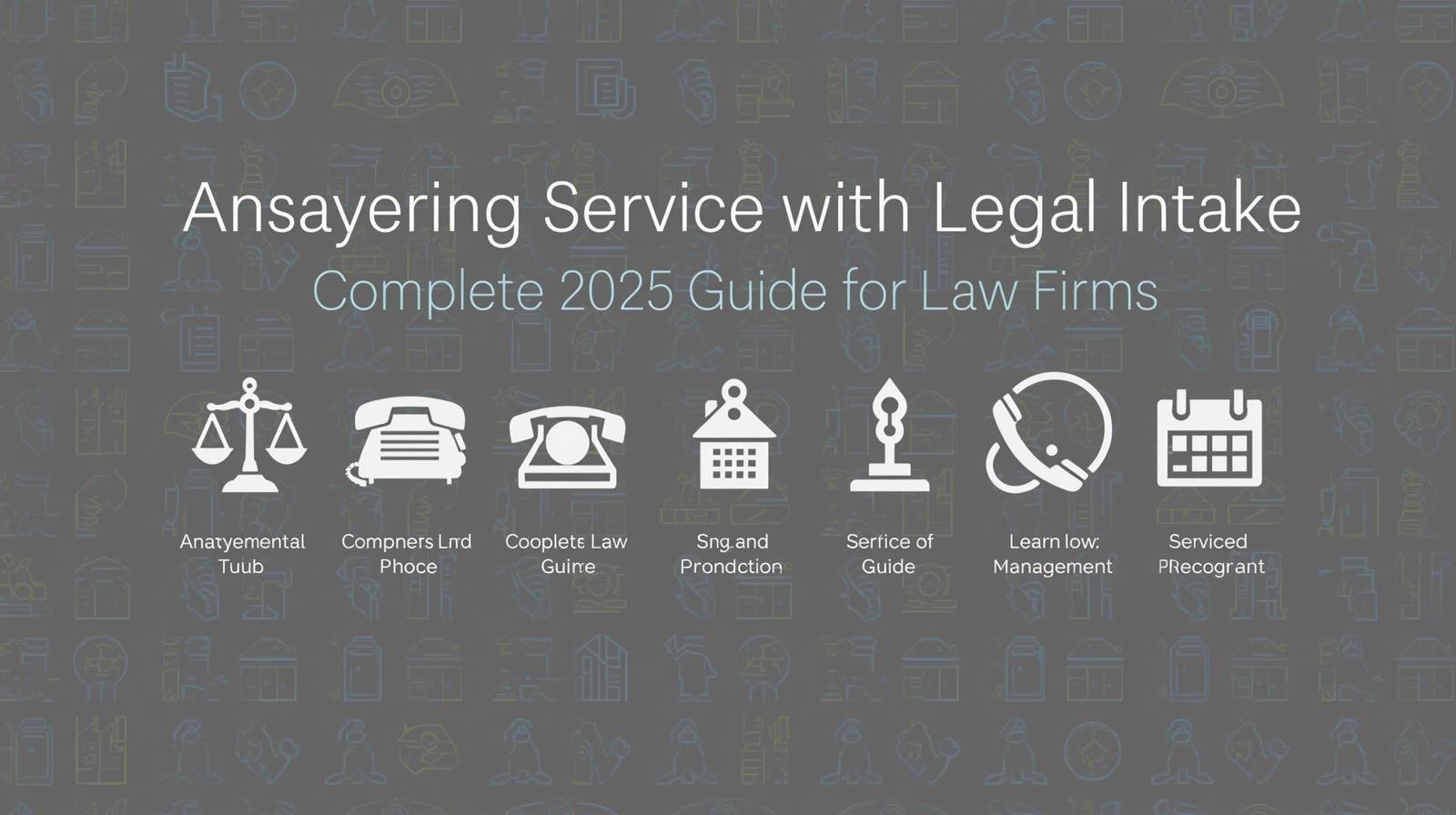
When you’re growing your family, health insurance becomes a key consideration. Here are some important tips for securing the best health insurance for your growing family:
1. Assess Your Current Needs and Future Expectations
- Pregnancy & Maternity Care: If you’re expecting a baby, make sure your plan covers maternity care, prenatal visits, labor, delivery, and postnatal care. Some plans may have restrictions or waiting periods for maternity coverage.
- Pediatric Care: Ensure the plan covers pediatric care, including regular check-ups, vaccinations, and potential specialist visits for your child.
- Prescription Drugs: With more family members, the likelihood of needing prescriptions increases. Check that your plan includes a comprehensive prescription drug benefit.
- Mental Health & Counseling: Growing families may face additional stress, so it’s beneficial to have access to mental health services.
2. Choose the Right Type of Plan
- Health Maintenance Organization (HMO): Generally more affordable but requires using a network of doctors and getting referrals for specialists.
- Preferred Provider Organization (PPO): Offers more flexibility in choosing doctors and specialists, though it may come with higher premiums.
- High Deductible Health Plan (HDHP) with HSA: If you’re generally healthy, you could consider an HDHP paired with a Health Savings Account (HSA). You save money by paying a higher deductible, but your HSA can cover medical costs and grow tax-free.
- Exclusive Provider Organization (EPO): Offers flexibility within a defined network, but does not cover out-of-network care except in emergencies.
3. Family Coverage vs. Individual Plans
- Family Plan: Most health insurance plans offer coverage for your spouse and children under one policy. This can be more cost-effective than purchasing individual policies for each family member.
- Employee Coverage vs. Marketplace: If your employer offers family health plans, weigh it against plans available on the marketplace. Sometimes, employer-sponsored plans offer better coverage at a lower rate.
- Add New Family Members Quickly: When you have a baby or get married, you typically qualify for a Special Enrollment Period (SEP), allowing you to add dependents to your plan outside of the regular open enrollment period.
4. Understand Coverage Limits and Co-pays
- Co-pays & Out-of-pocket Costs: Review the co-pays for doctor visits, medications, and emergency care. Make sure they align with your family’s needs, especially if you foresee frequent doctor visits or specialist care.
- Out-of-pocket Maximum: Check the out-of-pocket maximum for the family. This is the most you’ll pay in a year for covered health services, which can help you manage costs.
5. Utilize Preventive Care Benefits
- Most health plans offer preventive care (e.g., vaccinations, annual check-ups) at no additional cost. Take advantage of these to stay ahead of any potential health issues for both adults and children.
Read More: Health Insurance Benefits
6. Look for Additional Benefits
- Vision & Dental: As your family grows, dental and vision care become more important. Some plans offer family coverage for dental and vision services, or you might need to buy separate plans.
- Telemedicine: Many health plans offer telemedicine services which can be very helpful for routine consultations without the need to leave home.
- Flexible Spending Accounts (FSA): If available, an FSA can help you save pre-tax dollars for medical expenses that might not be fully covered by insurance.

7. Shop During Open Enrollment
- Open enrollment periods are the time when you can enroll in or make changes to your health insurance. Be proactive and shop around for the best plan each year, considering both premiums and the healthcare needs of your growing family.
8. Review and Update Your Plan Annually
- As your family grows, your healthcare needs will evolve. It’s important to review your plan each year during open enrollment to make sure it still fits your needs. Changes in your family size, health status, or income may make another plan more advantageous.
9. Consider State Assistance Programs
- If your income is lower, you may be eligible for government programs like Medicaid or CHIP (Children’s Health Insurance Program) for your children. These programs offer health coverage at low or no cost.
10. Evaluate the Network of Doctors
- Ensure your preferred pediatrician and family doctor are included in the plan’s network. If you have specific healthcare providers you trust, verify their participation in the plan’s network.
11. Factor in the Long-term Costs
- Consider the total cost of the plan (premiums, co-pays, deductibles) over time. A plan with lower monthly premiums might sound appealing but could lead to higher out-of-pocket costs. Weigh both aspects before making your choice.
In summary, when selecting health insurance for your growing family, it’s important to consider both immediate and long-term healthcare needs. Understanding your options, choosing the right plan, and maximizing benefits can ensure your family stays healthy without breaking the bank.









Leave a Reply